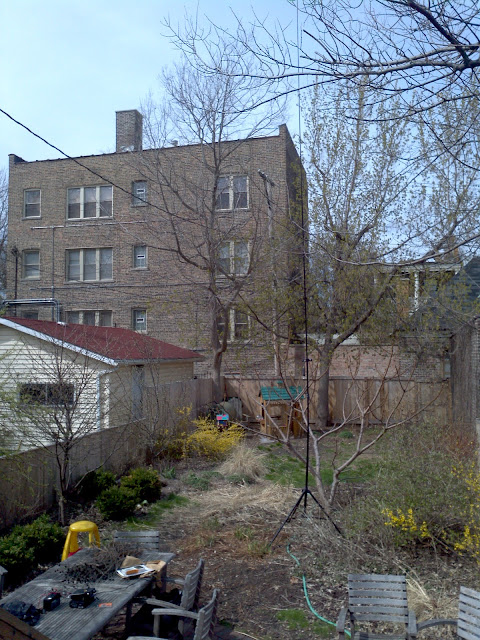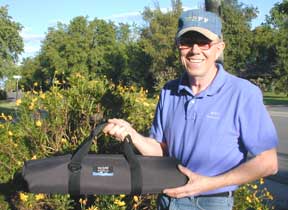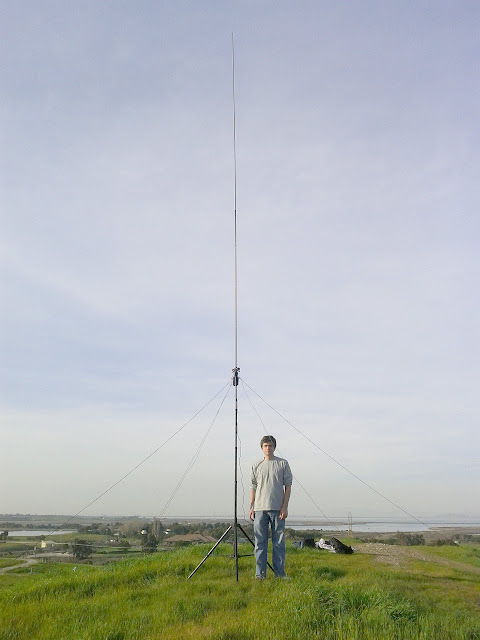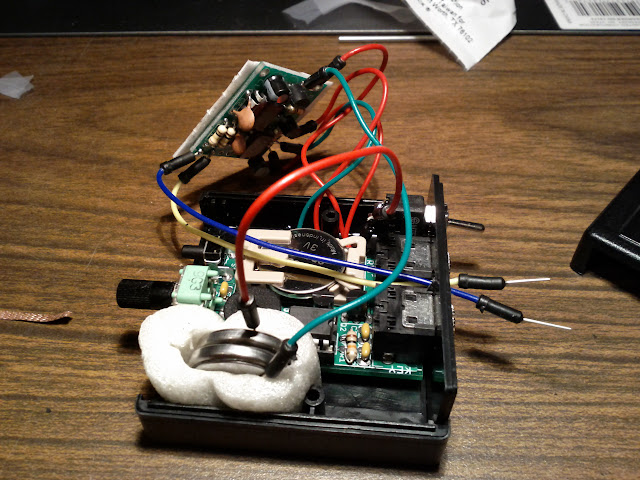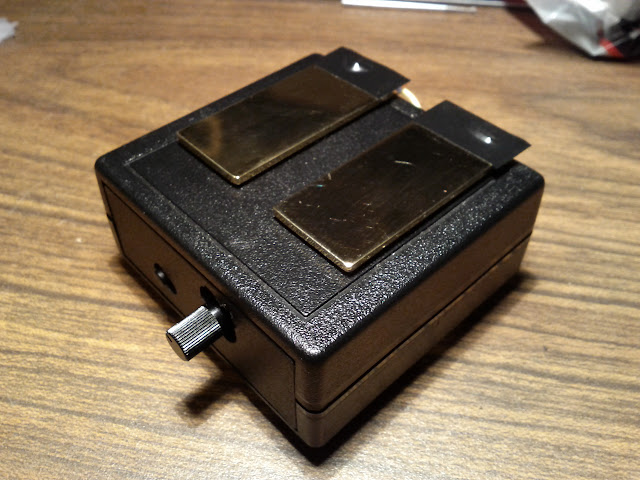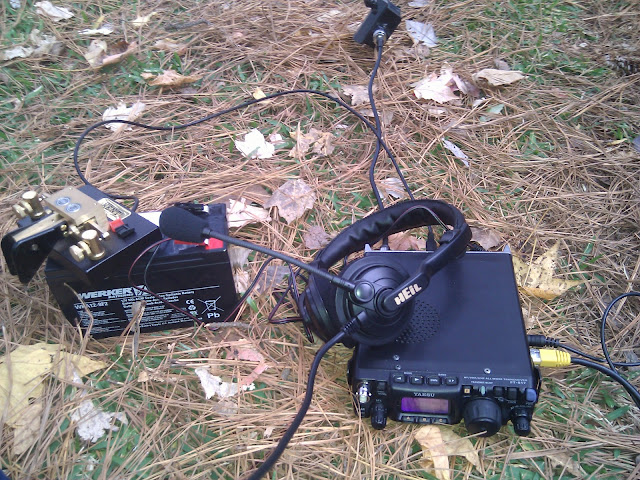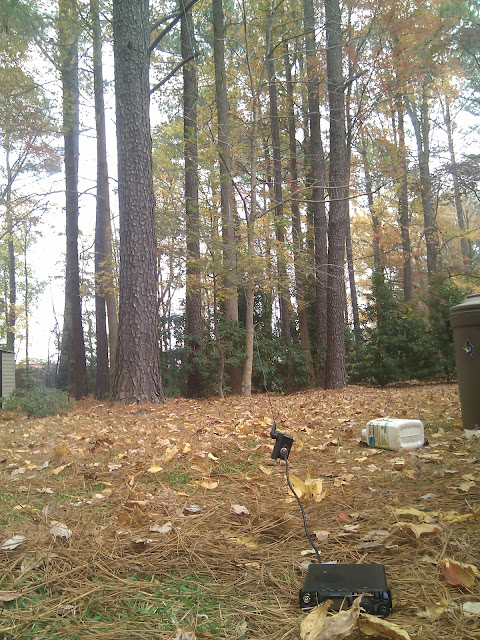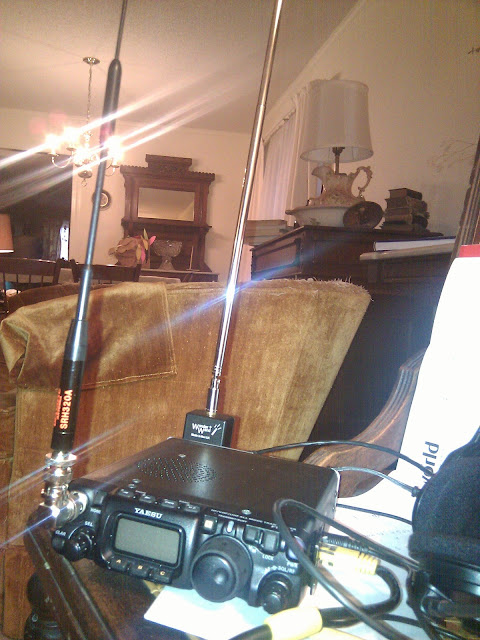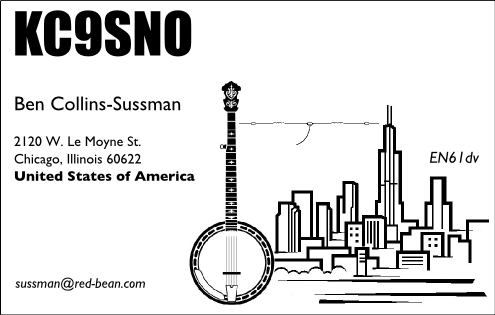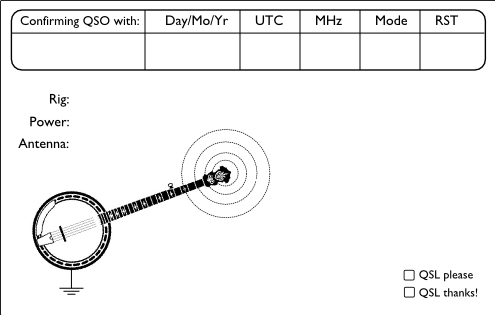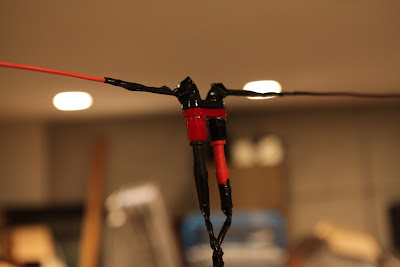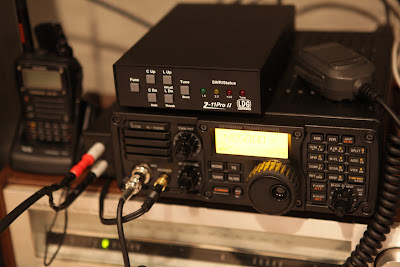I’m working hard to convert my social media life away from Twitter and Facebook and over to Google+ instead.
Why? Well, I work for Google and want to see Google+ succeed — the best way to do that is to actually become a daily user. Also, I want simplicity. I can’t deal with three separate social networks; I want just one, and Google+ is a superset of the other two.
A lot of friends have been asking me how Google+ works. “What’s the sharing model?” Here’s my explanation, to the best of my understanding:
- The basic unit of reading and writing is a circle. You need to spend some upfront time defining these circles, but the UI makes it easy to do and the payback is well worth the effort. (And due to Google’s Data Liberation Front, you can take your circles with you if you decide to leave!)
- Reading: You only see posts from people in your circles — nobody else. You can either look at all the circles at once (“your stream”), or you can look at posts coming from just a single circle.
- Writing: Any post you create can be published to 1 or more circles. This provides nuanced sharing — something that’s really hard to do in Facebook. For example, in real life, you wouldn’t necessarily share the same stories with your parents, your co-workers, or your drinking buddies. 🙂 Remember, however, that the people you post to won’t actually see your post unless you happen to exist in at least one of their circles!
- Being public: Circles can be totally circumvented by publishing to the “public”; in which case, everyone in the world could conceivably see your post when they read “incoming” messages rather than their stream.
This model is nice, since it captures both the Facebook model and the Twitter model.
It captures the Facebook model of sharing via reciprocal friendship, but without explicit friendship requests in either direction. If two people happen to have either other in each other’s circles, then they see each other’s posts. Very simple. No more hurt feelings from unanswered friend requests; no more posts from people you don’t care about.
It also captures the Twitter model. You can do a public post to the world. You can also “follow” the posts any famous person you want (without bothering them) by simply adding them to a “people I wanna follow” circle.
If you haven’t signed up at http://plus.google.com yet, you really should. The Android app is awesome. Any photos I take with my phone are instantly available for posting; no need to explicitly upload them. It’s amazing how big a barrier to entry this used to be!
